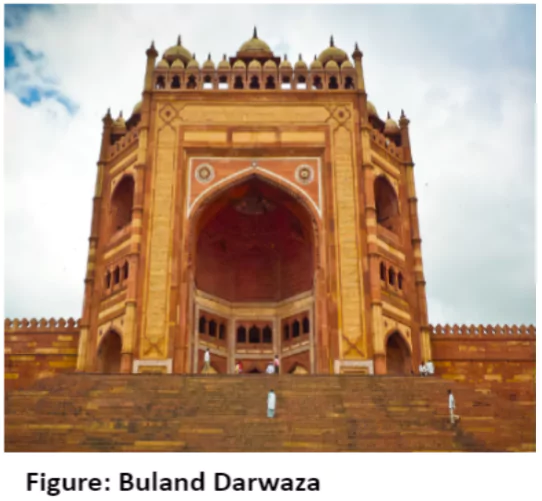![]() May 15, 2024
May 15, 2024
![]() 8410
8410
![]() 0
0
Under Akbar’s rule, art and architecture flourished, reflecting a blend of indigenous and foreign influences. From majestic forts to religious tolerance, Akbar’s era witnessed remarkable developments in various artistic endeavors, including literature, calligraphy, painting, and music.

| Abul Fazl |
|
| Faizi (Raj Kavi) |
|
| Fakir Aziao Din |
|
| Tansen (Ramatanu Pandey) |
|
| Birbal (Kavi Priya) |
|
| Raja Todar Mal
(Title: Diwan-i-Ashraf) |
|
| Raja Man Singh |
|
| Abdul Rahim Khan-i-Khanan |
|
| Mulla Do-Piyaza |
|
| Must Read | |
| Current Affairs | Editorial Analysis |
| Upsc Notes | Upsc Blogs |
| NCERT Notes | Free Main Answer Writing |
Akbar’s patronage of art and culture left an indelible mark on Indian history, fostering an environment of creativity and intellectual exchange. Through his inclusive policies and support for diverse forms of expression, Akbar created a legacy that continues to inspire admiration and study today.
| Related Articles | |
| Major Important Temples Of India | Art & Culture |
| Temple Architecture: Symbolism, Evolution, and Styles | Mughal Painting: Fusion of Persian and Indian Artistry |
<div class="new-fform">
</div>

Latest Comments